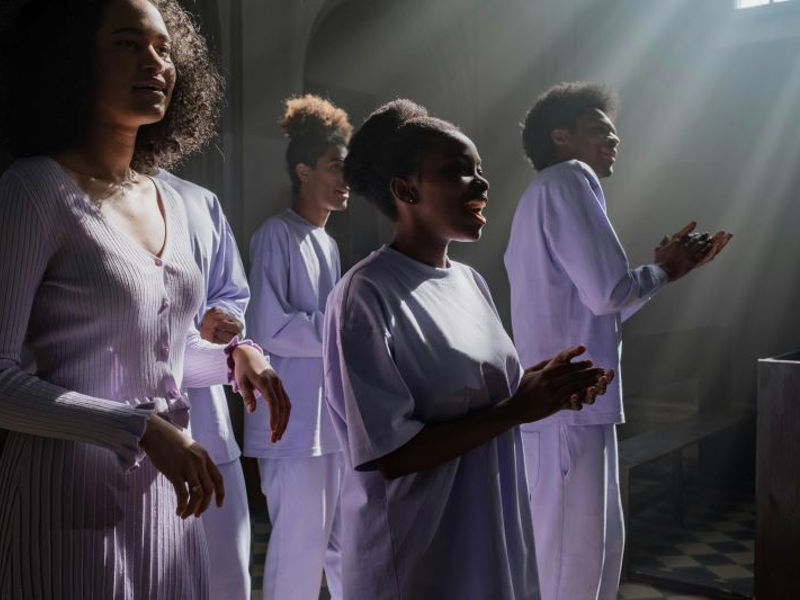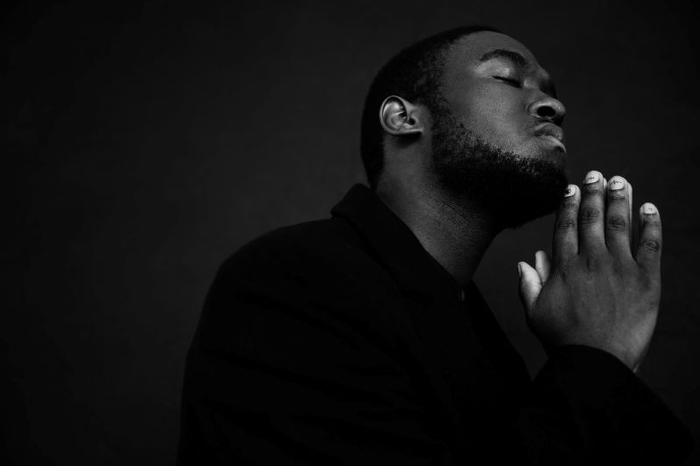
Photo by cottonbro studio
Across the vibrant tapestry of American society, Black churches stand as cornerstones of resilience, faith, and progress. More than just places of worship, they’ve served as beacons of hope, engines of social change, and anchors for Black communities for centuries. Their rich history and unwavering commitment to social justice inspire and empower generations.
Rooted in Struggle, Blossoming with Faith
The story of Black churches begins in the crucible of slavery. Denied the right to gather and worship freely, enslaved people defied oppression by creating hidden churches in the brush or under the cover of night. These clandestine spaces fostered a sense of community, resilience, and cultural identity. Spirituals sung in hushed tones became coded messages of hope and eventual freedom.
Following emancipation, Black churches emerged from the shadows and became pivotal in Reconstruction. They provided not only spiritual solace but also crucial social services. Many churches became schools, offering education denied by a segregated system. They established community centers, providing social support and a platform for political organizing. Black churches became launchpads for leaders like Martin Luther King Jr., whose powerful sermons galvanized the Civil Rights Movement.
Beyond Sundays: A Multifaceted Ministry
Black churches continue to be vital institutions, extending their ministry beyond Sundays. They offer many programs that address their congregations’ social, economic, and spiritual needs. Soup kitchens feed the hungry, after-school programs nurture young minds, and financial literacy workshops equip families for economic empowerment. Black churches are often the first responders to crises, offering counseling and support during disaster or personal hardship.
A Celebration of Culture and Identity
Black churches are not just about social services; they are vibrant expressions of Black culture and identity. The soulful melodies of gospel music fill the pews, uplifting spirits and celebrating the rich musical heritage of the Black community. Sermons are often infused with a call to action, urging congregants to embrace their history, fight for justice, and contribute to a better future.

Photo by SHVETS production
Agents of Social Change
Black churches haven’t shied away from confronting social injustices. They’ve been at the forefront of civil rights, voting rights, and economic equality movements. From the pulpit, Black pastors have challenged segregation, discrimination, and mass incarceration. They’ve provided safe havens for activists and organized boycotts and protests. Black churches continue to be powerful advocates for social change, raising their voices against racial profiling, police brutality, and economic disenfranchisement.
Challenges and a Look Forward
Despite their enduring strength, Black churches face challenges in the 21st century. Demographic shifts, economic pressures, and the rise of secularism have led to declining memberships in some congregations. However, Black churches are adapting and innovating. They are embracing technology to reach a wider audience, offering online services and fostering virtual communities.
The future of Black churches is bright. They continue to evolve, meeting the needs of their communities in ever-changing times. Their unwavering commitment to faith, social justice, and cultural identity ensures their continued relevance. Black churches serve as a testament to the enduring spirit of the Black community, a source of strength, and a powerful force for positive change.

Anand Subramanian is a freelance photographer and content writer based out of Tamil Nadu, India. Having a background in Engineering always made him curious about life on the other side of the spectrum. He leapt forward towards the Photography life and never looked back. Specializing in Documentary and Portrait photography gave him an up-close and personal view into the complexities of human beings and those experiences helped him branch out from visual to words. Today he is mentoring passionate photographers and writing about the different dimensions of the art world.





